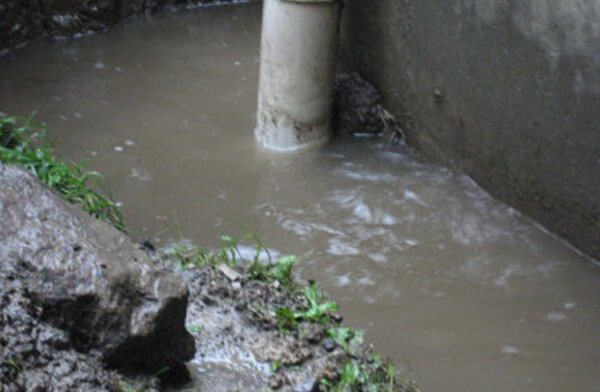Locating Concealed Water Line Leaks: Six Clever Hacks
Locating Concealed Water Line Leaks: Six Clever Hacks
Blog Article
Are you in search of resources around Finding hidden leaks?

Early discovery of leaking water lines can mitigate a prospective calamity. Some little water leakages may not be noticeable.
1. Take A Look At the Water Meter
Every residence has a water meter. Examining it is a surefire way that helps you uncover leakages. For starters, turn off all the water sources. Guarantee nobody will certainly flush, utilize the faucet, shower, run the washing maker or dish washer. From there, most likely to the meter and also watch if it will certainly transform. Because nobody is using it, there must be no motions. If it relocates, that suggests a fast-moving leak. If you find no adjustments, wait a hr or 2 and also examine back once again. This indicates you may have a sluggish leakage that can also be underground.
2. Examine Water Intake
Assess your water bills as well as track your water usage. As the one paying it, you must observe if there are any discrepancies. If you detect sudden changes, in spite of your usage being the same, it suggests that you have leakages in your plumbing system. Keep in mind, your water bill need to drop under the same array on a monthly basis. An unexpected spike in your bill suggests a fast-moving leakage.
A constant boost every month, also with the exact same behaviors, shows you have a slow leak that's likewise slowly rising. Call a plumber to completely inspect your home, especially if you feel a warm location on your floor with piping beneath.
3. Do a Food Coloring Test
When it concerns water intake, 30% originates from bathrooms. Examination to see if they are running properly. Decline specks of food color in the tank and also wait 10 mins. There's a leak between the storage tank and also bowl if the color in some way infiltrates your dish throughout that time without flushing.
4. Asses Exterior Lines
Don't forget to check your outdoor water lines as well. Must water leak out of the connection, you have a loose rubber gasket. One tiny leak can waste loads of water and spike your water expense.
5. Examine as well as Evaluate the Situation
Home owners need to make it a behavior to examine under the sink counters as well as even inside cabinets for any bad odor or mold and mildew development. These two red flags indicate a leakage so punctual interest is needed. Doing routine examinations, even bi-annually, can conserve you from a significant issue.
Check for stainings and deteriorating as most devices and pipelines have a life expectancy. If you presume dripping water lines in your plumbing system, don't wait for it to rise.
Early detection of leaking water lines can minimize a prospective disaster. Some small water leakages may not be visible. Examining it is a surefire method that aids you discover leakages. One tiny leak can throw away loads of water as well as increase your water bill.
If you presume dripping water lines in your plumbing system, don't wait for it to rise.
WARNING SIGNS OF WATER LEAKAGE BEHIND THE WALL
PERSISTENT MUSTY ODORS
As water slowly drips from a leaky pipe inside the wall, flooring and sheetrock stay damp and develop an odor similar to wet cardboard. It generates a musty smell that can help you find hidden leaks.
MOLD IN UNUSUAL AREAS
Mold usually grows in wet areas like kitchens, baths and laundry rooms. If you spot the stuff on walls or baseboards in other rooms of the house, it’s a good indicator of undetected water leaks.
STAINS THAT GROW
When mold thrives around a leaky pipe, it sometimes takes hold on the inside surface of the affected wall. A growing stain on otherwise clean sheetrock is often your sign of a hidden plumbing problem.
PEELING OR BUBBLING WALLPAPER / PAINT
This clue is easy to miss in rooms that don’t get much use. When you see wallpaper separating along seams or paint bubbling or flaking off the wall, blame sheetrock that stays wet because of an undetected leak.
BUCKLED CEILINGS AND STAINED FLOORS
If ceilings or floors in bathrooms, kitchens or laundry areas develop structural problems, don’t rule out constant damp inside the walls. Wet sheetrock can affect adjacent framing, flooring and ceilings.
https://www.servicemasterbyzaba.com/blog/how-to-detect-water-leakage-in-walls/

Hopefully you liked our excerpt about Hacks to detect leaks. Thanks a lot for taking the time to read our post. Do you know anybody else who is truly interested in the niche? Be sure promote it. We thank you for reading our article about Hacks to detect leaks.
Need assistance? Call. Report this page